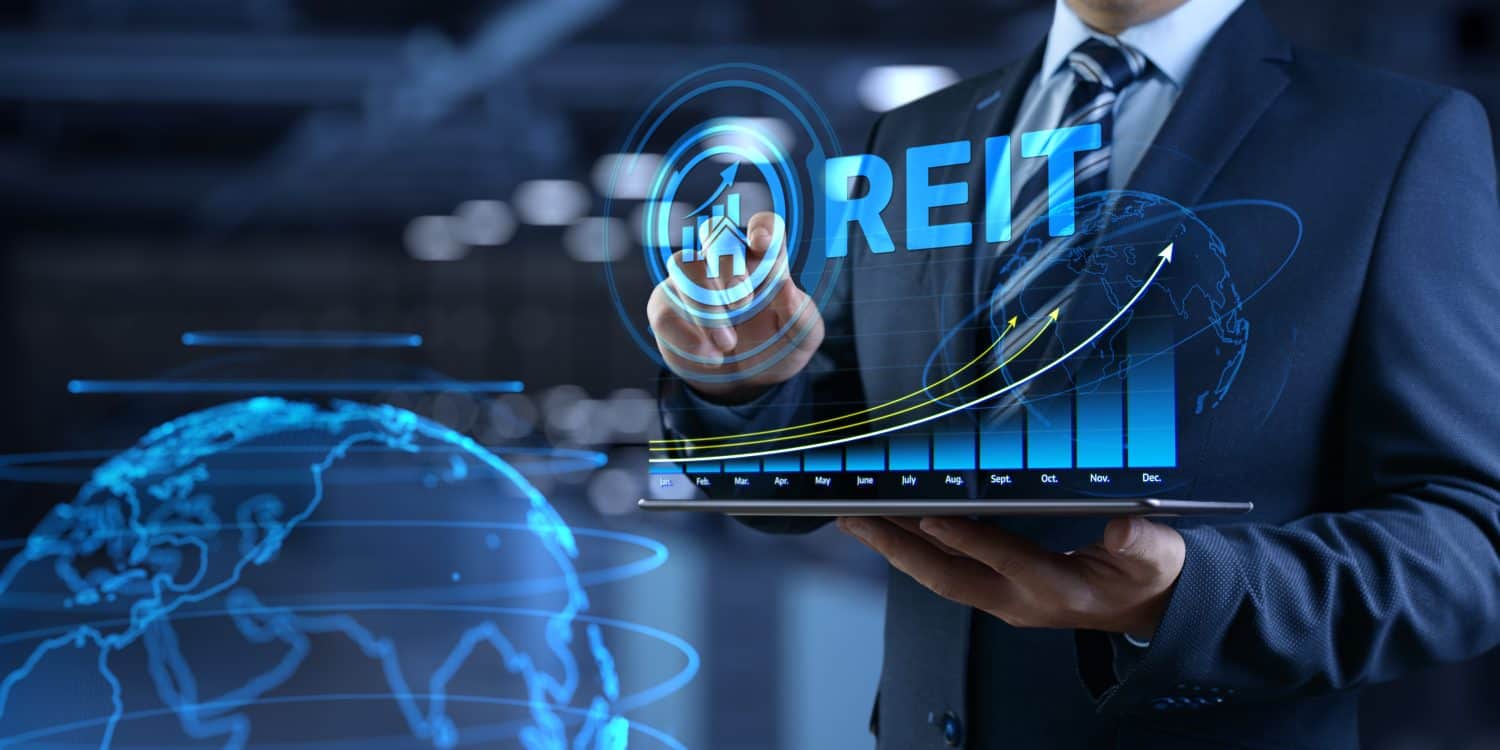Personal Finance
Here's What You'd Need to Invest to Generate $100,000 a Year In Retirement

Published:
Last Updated:

With around 10,000 baby boomers entering retirement each day, the topic of retirement planning is one that’s beginning to become ultra-important for a large swath of investors. Many in this cohort may already be ahead of the game, and looking to optimize their portfolios for retirement. Others may be looking for ways to build up to a portfolio that could potentially deliver $100,000 a year in passive income. That’s the kind of “sleep at night” retirement money that, when supplemented by social security, is enough for most Americans to live off of. Buying and holding dividend stocks as a foundation to your portfolio will help give you $100,000 a year or more in retirement.
According to Vanguard the average 401(k) account balance for those over 65 was $272,588. But to generate $100,000 a year in retirement off dividend income, you would need $2 million dollars with an average dividend yield of 5%.
Considering the current yield on the S&P 500 sits at around 1.4%, and has hovered around 1.5% over the long-term, picking individual stocks may be a better way to go for those looking to create a much more robust income stream in retirement. This lower yield also means that passive investors in index funds may need to have a much larger amount invested (around $7.1 million) to generate that same $100,000 in passive income in retirement. Accordingly, I’m going to focus on three higher-yield picks in this article, to showcase different options for those looking to diversify into better-yielding investments.
The average yield on these three stocks amounts to 3.5%, meaning an equal-weighted portfolio of these three stocks would generate $100,000 in retirement income with around $2.85 million invested. Now, this number will come down over time as these companies increase their dividend distributions, and the projected rate of dividend growth for each company will change the math. But generating meaningful income in retirement starts somewhere, so this is a good North Star to guide how one thinks about generating this kind of income in retirement.


Realty Income (NYSE:O) is a leading net lease real estate investment trust (REIT). The company is a massive player in the REIT space, with a market capitalization (currently around $54 billion) that dwarfs most of its competitors.
The company’s investment-grade balance sheet includes real estate assets in the U.S. and Europe, providing investors with geographic diversification and exposure to a company with access to various capital markets. This has benefited long-term investors in the REIT, which has grown to an impressive size (holding more than 15,000 properties in its portfolio).
These income-producing properties have allowed Realty Income to provide consistent dividends to its unit holders over time, with a current yield of more than 5.1%. Given the fact this company is structured as a REIT, it must return the vast majority of its net income to shareholders via dividends. So, for those who want to bet on long-term secular trends like rents continuing to rise, this is a great way to do so.
Notably, Realty Income maintained an impressive 29-year streak of annual dividend increases. Accordingly, this is a company that investors looking for passive income growth can rely on for such appreciation. Thus, when doing one’s calculations of what it will take to get to $100,000 of passive income annually in retirement, looking out a few years on holdings like this can be helpful.

Coca-Cola (NYSE:KO) is among the top defensive stocks in the market, with its iconic brand continuing to drive steady and consistent cash flow to shareholders. The company has continued to return capital to its owners in increasingly impressive fashion via buybacks and dividend increases over time, and that’s a trend that many expect to continue, given the very mature nature of its business.
One of the longest-term holdings of iconic investors like Warren Buffett, Coca-Cola remains a top pick of mine purely due to its stability and defensive posture right now. For those concerned about a potential recession on the horizon (which could be much more catastrophic for retirees or those about to enter retirement), holding companies like Coca-Cola that can weather the storms ahead is generally a good move.
Notably, Coke has seen strong pricing power, with the ability to raise prices faster than inflation in recent years. This has led to rising profitability and high profit margins, with the company raking in $46.5 billion in earnings last year, while retaining $9.1 billion in free cash flow. This allowed the beverage giant to distribute $8 billion in dividends, a considerable sum for those who have been in the stock for a long time.
The company’s forward price-earnings ratio is relatively steep at around 23-times, but I do think a good chunk of this multiple has to do with the company’s defensive nature. Right now, I think it’s worth paying up for this world-class dividend stock which currently pays around 2.7% in terms of dividend yield.

Bank of America (NYSE:BAC) is another long-time Warren Buffett holding, and one I think is worth considering in the context of creating a passive income portfolio. Now, Buffett has been trimming his stake in Bank of America (to a worrying degree, to some) of late. However, this U.S.-based mega-bank leads in US retail deposits and maintains a 25% net profit margin. With a 2.46% dividend yield, BAC stock offers steady passive income, making it a top choice for long-term investors.
A decade ago, Bank of America faced severe backlash due to its role in the 2008 financial crisis, marked by poor lending practices. Under CEO Brian Moynihan, who began in 2010, the bank has rebounded significantly. The company has improved its lending standards, customer service, and digital banking platform. With consistent dividend increases and a yield of 2.5%, Bank of America now offers a strong investment opportunity with a solid balance sheet and low-cost capital access.
The company holds over $3.3 trillion in assets and nearly $2 trillion in deposits, solidifying its financial strength. Revenue grew 11% from 2013 to 2023, and though iconic investors like Buffett are selling, I’d argue there’s a reason he loaded up on this stock during the last crisis. Indeed, if we do see a marked decline in the markets, this is a stock I think investors may want to consider jumping at, particularly if the company’s yield spikes higher on such a move.
Retirement can be daunting, but it doesn’t need to be.
Imagine having an expert in your corner to help you with your financial goals. Someone to help you determine if you’re ahead, behind, or right on track. With SmartAsset, that’s not just a dream—it’s reality. This free tool connects you with pre-screened financial advisors who work in your best interests. It’s quick, it’s easy, so take the leap today and start planning smarter!
Don’t waste another minute; get started right here and help your retirement dreams become a retirement reality.
Thank you for reading! Have some feedback for us?
Contact the 24/7 Wall St. editorial team.